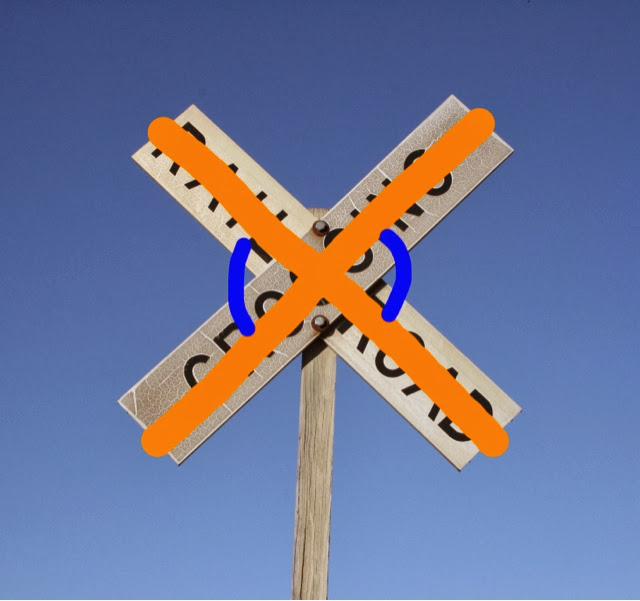

This means that if we are aware of two of the angles in a triangle we can find the third. For example, there are three interior angles in a triangle, the sum of which is always equal to 180 o. Different geometrical shapes such as a triangle or a quadrilateral contain a set of angles that are governed by a set of rules. In geometry, different names are given to different angels and their combinations depending upon the type of angles they make. Similarly, an angle is a figure formed by two rays with the same initial point. For instance, a point is an exact location in space. Therefore, let us recall some basic concepts of geometry. Can Complementary angles or Supplementary angles form perpendicular lines?īefore we understand what we mean by perpendicular lines, we must first recall the basic concepts and terms that are integral to the understanding of perpendicular lines.Quadrilaterals formed using Perpendicular Lines.Triangles formed using Perpendicular Lines.Perpendicular Lines and Straight angles.Symbol for representing Perpendicular Lines.The cookie is set by the GDPR Cookie Consent plugin and is used to store whether or not user has consented to the use of cookies. The cookie is used to store the user consent for the cookies in the category "Performance". This cookie is set by GDPR Cookie Consent plugin. The cookie is used to store the user consent for the cookies in the category "Other. The cookies is used to store the user consent for the cookies in the category "Necessary". The cookie is set by GDPR cookie consent to record the user consent for the cookies in the category "Functional". The cookie is used to store the user consent for the cookies in the category "Analytics". These cookies ensure basic functionalities and security features of the website, anonymously. Necessary cookies are absolutely essential for the website to function properly. The page acts as the common arm and the spine of the book as the vertex. The angles are formed on either side of the open page at the point where the page is joined to the rest of the book. This action results in the formation of supplementary angles. When you’re done with one page, you flip the page to read the next page. When you’re reading a book while seated at a table, you will most likely lay it flat on the table. The ramp acts as the common arm between the adjacent angles.

The angles are formed at the point where the ramp meets the level surface. They form supplementary angles in relation to the level surface from which they rise.

A wheel chair rampĪ wheelchair ramp is used to make it easier for people using wheelchairs to move from one level to another. They are therefore adjacent supplementary angles. They also have a common vertex (the T-junction). The angles share a common arm (the road that ends at the T-junction). Supplementary angles are formed at the point where the roads intersect. A tree branch growing from a tree trunkĪ T-junction is formed when two roads intersect. These angles share a common arm (the door) and a common vertex (the door hinge). When the door is opened partially, angles are formed on either side of the door at the point where the door is hinged to the wall. If you were to draw a line along a wall with a closed door, you would have a straight line. Here are real-life examples of supplementary angles 1. However, the sum of these angles is 180 degrees. They do not lie next to each other and may not be part of the same line segment.


 0 kommentar(er)
0 kommentar(er)
